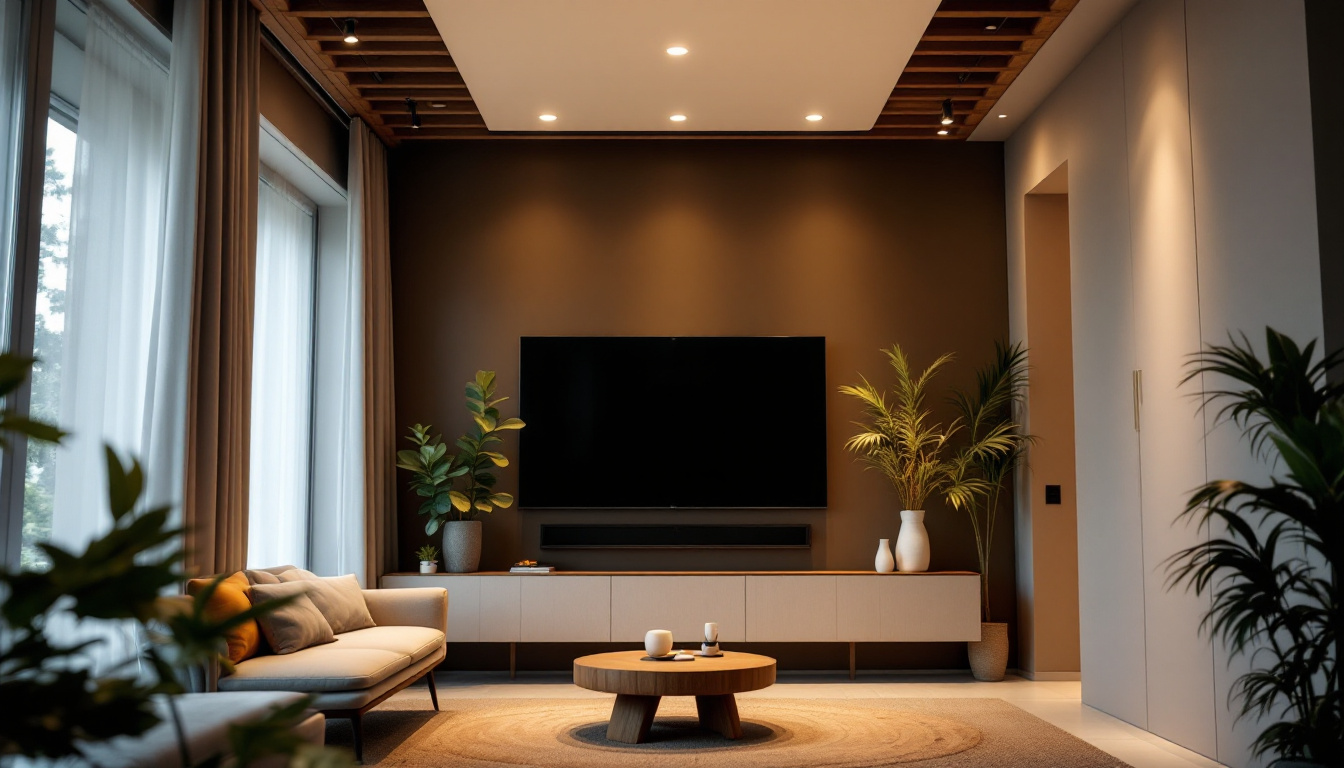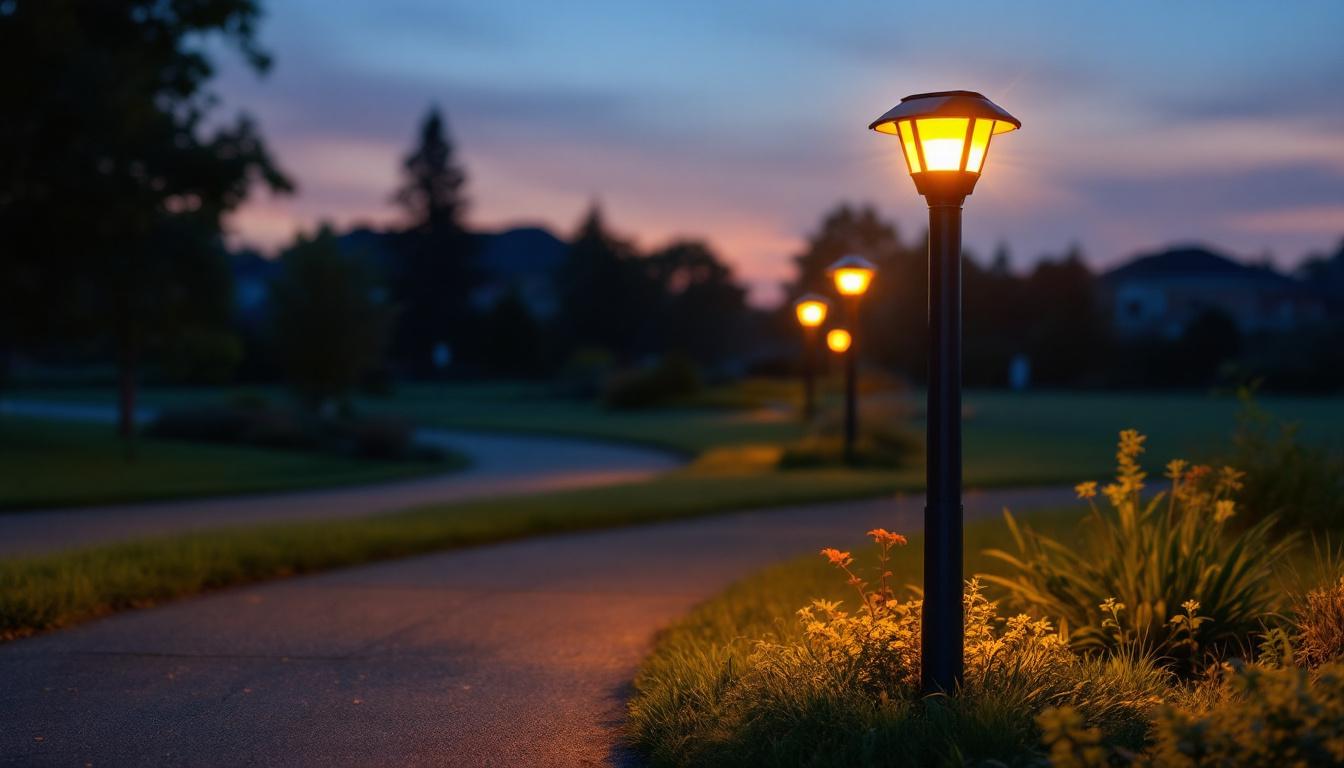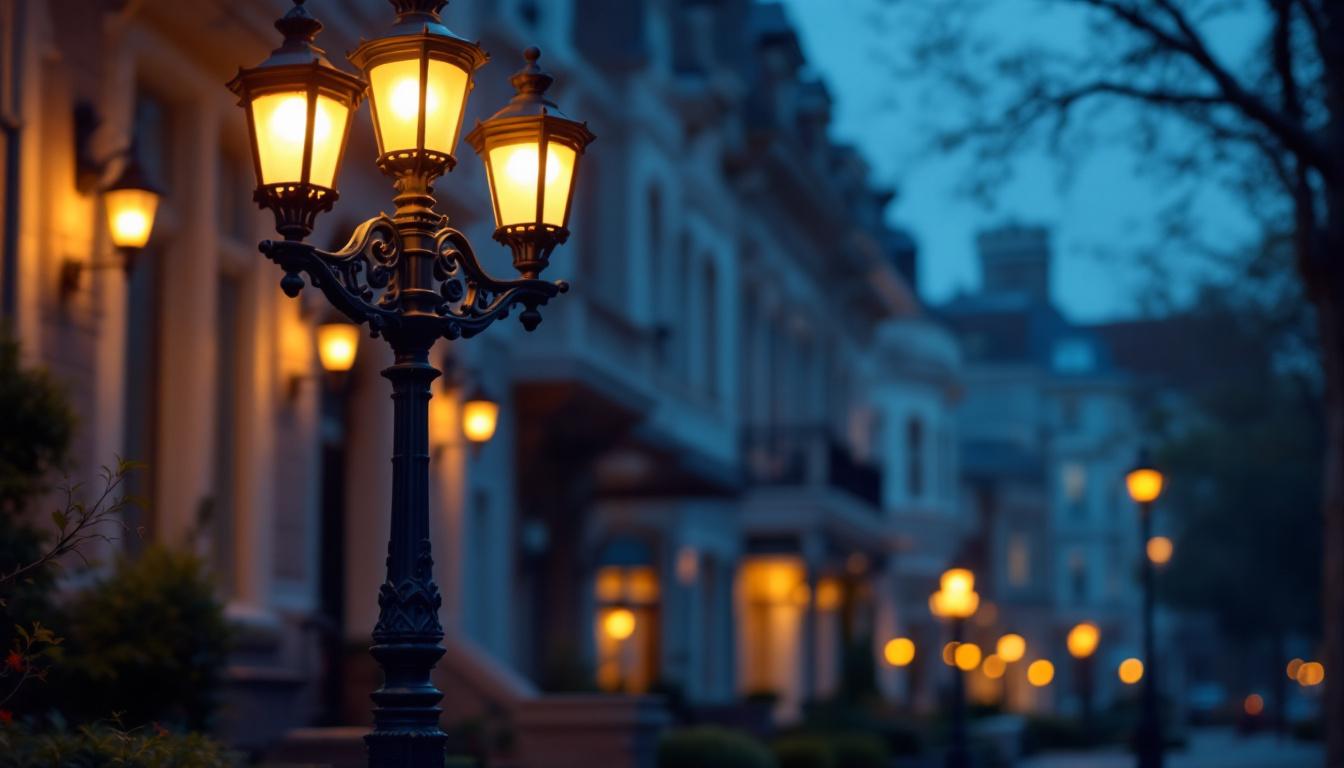
recessed downlights, often referred to as can lights or pot lights, are a popular choice in modern lighting design. These fixtures are installed into hollow openings in ceilings, providing a clean and streamlined look that enhances the aesthetic of any space. For lighting contractors, understanding the nuances of recessed downlights is essential for delivering quality installations that meet client expectations.
These fixtures are not only functional but also versatile, capable of serving various purposes—from ambient lighting to task lighting. Their design allows them to blend seamlessly into the ceiling, making them ideal for spaces where a minimalist aesthetic is desired. As a lighting contractor, being well-versed in the different types of recessed downlights and their applications can significantly impact the success of a project.
Recessed downlights come in various styles and configurations, each suited for specific applications. The most common types include adjustable, fixed, and wall-wash downlights. Adjustable downlights can be tilted to focus light on specific areas, making them perfect for highlighting artwork or architectural features. Fixed downlights, on the other hand, provide uniform illumination and are typically used for general lighting.
Wall-wash downlights are designed to cast light across walls, creating a soft glow that enhances the ambiance of a room. Understanding these different types allows contractors to recommend the best option based on the client’s needs and the intended use of the space. Furthermore, some recessed downlights are equipped with smart technology, allowing for remote control and scheduling through mobile apps. This feature not only adds convenience but also enables users to customize lighting settings to suit their mood or activities, further enhancing the functionality of the space.
One of the primary benefits of recessed downlights is their ability to save space. Unlike traditional light fixtures, which can protrude from the ceiling and create visual clutter, recessed lights are installed flush, allowing for a more open and airy feel. This is particularly advantageous in smaller rooms or areas with low ceilings.
Additionally, recessed downlights can improve energy efficiency. Many modern options are equipped with LED technology, which consumes significantly less energy than traditional incandescent bulbs. This not only reduces energy costs for homeowners but also aligns with the growing demand for sustainable building practices. Moreover, the longevity of LED bulbs means less frequent replacements, contributing to lower maintenance costs over time. Beyond energy savings, recessed downlights can also enhance the overall value of a property, as potential buyers often appreciate the modern and sleek look they provide, along with the energy-efficient benefits they bring. This can be a crucial selling point in competitive real estate markets, making it a wise investment for homeowners looking to upgrade their lighting solutions.
When it comes to installing recessed downlights, several factors must be taken into account to ensure a successful outcome. From ceiling height to spacing and placement, each element plays a critical role in achieving optimal lighting.
Proper installation techniques are vital for both performance and safety. Lighting contractors need to be familiar with local building codes and regulations, as these can dictate specific requirements for recessed lighting installations. Ensuring compliance not only protects the contractor but also guarantees the safety of the end-users.
The height and type of ceiling can significantly influence the choice and placement of recessed downlights. For instance, in rooms with higher ceilings, deeper fixtures may be required to ensure adequate light distribution. Conversely, low ceilings may necessitate the use of shallower fixtures to avoid overwhelming the space.
Moreover, the type of ceiling—whether it be drywall, plaster, or a drop ceiling—will determine the installation method. Each material has its own set of challenges and requirements, making it essential for contractors to assess the site conditions before proceeding with installation.
Correct spacing and placement of recessed downlights are crucial for achieving balanced lighting. A common guideline is to space the fixtures approximately 4 to 6 feet apart, depending on the wattage and beam angle of the bulbs used. This helps to avoid dark spots and ensures even illumination throughout the area.
Additionally, the placement of downlights should be strategically planned to enhance the functionality of the space. For example, in kitchens, task lighting should be focused on countertops and work areas, while living rooms may benefit from a more ambient lighting approach. Understanding the specific needs of each room allows contractors to create tailored lighting solutions.
The choice of bulbs for recessed downlights can greatly affect the overall quality of light produced. Lighting contractors must be knowledgeable about the different types of bulbs available, including incandescent, halogen, fluorescent, and LED options. Each type has its own advantages and drawbacks, making it essential to select the right one for the application.
LED bulbs are increasingly becoming the preferred choice due to their energy efficiency, longevity, and lower heat output. They also come in a variety of color temperatures, allowing contractors to customize the lighting to suit the client’s preferences. Understanding the nuances of each bulb type is key to providing clients with informed recommendations.
Color temperature, measured in Kelvin (K), describes the warmth or coolness of light emitted by a bulb. Warmer tones (2700K-3000K) create a cozy atmosphere, making them suitable for living spaces, while cooler tones (4000K-5000K) are ideal for task-oriented areas like kitchens and offices.
Additionally, the Color Rendering Index (CRI) is an important factor to consider. A higher CRI indicates that colors will appear more vibrant and true to life under the light. For spaces where color accuracy is crucial, such as art galleries or retail environments, selecting bulbs with a high CRI is essential.
Incorporating recessed downlights into a design scheme requires a thoughtful approach. Lighting contractors must consider the overall aesthetics of the space while ensuring that the lighting meets functional needs. This balance is key to creating a cohesive and inviting environment.
Architectural elements, furniture placement, and color schemes all play a role in how recessed lighting is perceived. By collaborating closely with clients and other design professionals, contractors can ensure that the lighting complements the overall vision for the space.
Effective lighting design often involves creating layers of light to enhance the functionality and ambiance of a room. Recessed downlights can serve as one layer, while additional sources such as wall sconces, table lamps, and pendant lights can provide further depth and interest.
By strategically combining different types of lighting, contractors can help clients achieve a well-rounded lighting scheme that caters to various activities and moods. This layered approach not only improves functionality but also adds visual appeal to the space.
Clients may have specific concerns regarding recessed downlights, such as installation costs, energy consumption, and maintenance. Addressing these concerns proactively can help build trust and ensure a smoother project experience.
Providing clear explanations about the long-term benefits of energy-efficient options, such as LED bulbs, can alleviate worries about initial costs. Additionally, discussing maintenance requirements and offering solutions, such as easy-access fixtures for bulb replacement, can further enhance client satisfaction.
The world of lighting design is constantly evolving, with new trends emerging regularly. Staying informed about the latest developments in recessed downlight technology and design can give lighting contractors a competitive edge.
Smart lighting systems, which allow users to control their lighting remotely via smartphones or voice commands, are gaining popularity. Integrating smart technology into recessed downlights can enhance the functionality and appeal of a lighting installation, making it a valuable selling point for contractors.
As sustainability becomes increasingly important in the construction and design industries, energy-efficient lighting solutions are in high demand. Recessed downlights equipped with LED technology not only reduce energy consumption but also have a longer lifespan, contributing to less waste over time.
Contractors who prioritize energy-efficient options can position themselves as environmentally conscious professionals, appealing to clients who value sustainability in their projects. This focus on eco-friendly practices can also lead to potential cost savings for clients in the long run.
Customization options for recessed downlights are expanding, allowing contractors to offer unique solutions that cater to individual client preferences. From trim styles and finishes to adjustable beam angles, the ability to customize recessed lighting can enhance the overall design of a space.
Incorporating aesthetic considerations into the selection of recessed downlights can elevate the visual impact of a project. Whether it’s a sleek modern finish or a more traditional look, understanding the available options enables contractors to create tailored solutions that resonate with clients.
Recessed downlights are an essential component of modern lighting design, offering both functionality and aesthetic appeal. For lighting contractors, understanding the various aspects of these fixtures—from installation considerations and bulb selection to design trends—can enhance their service offerings and improve client satisfaction.
By staying informed about the latest developments in recessed lighting technology and design, contractors can position themselves as knowledgeable professionals in the field. This expertise not only builds trust with clients but also contributes to the successful execution of lighting projects that meet both functional and aesthetic needs.
Ultimately, recessed downlights provide an opportunity for contractors to showcase their skills and creativity while delivering high-quality lighting solutions that enhance the spaces they illuminate.
Ready to elevate your lighting projects with the finest recessed downlights on the market? Look no further than LumenWholesale, where we provide lighting contractors with exceptional, spec-grade lighting products at unparalleled wholesale prices. Our commitment to quality and affordability ensures that you can access a wide range of high-performance lighting solutions that meet rigorous industry standards. Plus, with the convenience of free shipping on bulk orders, you can enjoy premium lighting without the extra costs or hassle. Don’t compromise on quality or value; choose LumenWholesale for Wholesale Lighting at the Best Value and light up your projects with confidence.

Discover the frequent pitfalls lighting contractors encounter when installing solar lighted mailbox posts.

Discover how under counter lighting is revolutionizing the lighting industry with its blend of functionality and style.

Discover why staying informed about Type B bulbs is essential for lighting contractors.

Discover the essential best practices lighting contractors use when working with cast iron light posts.